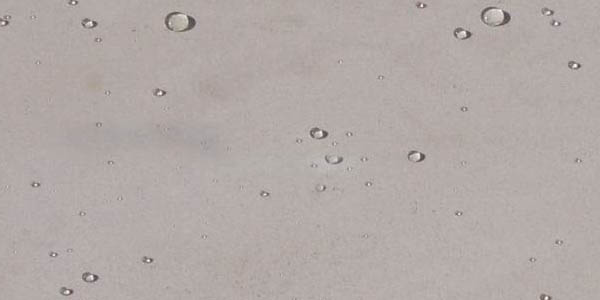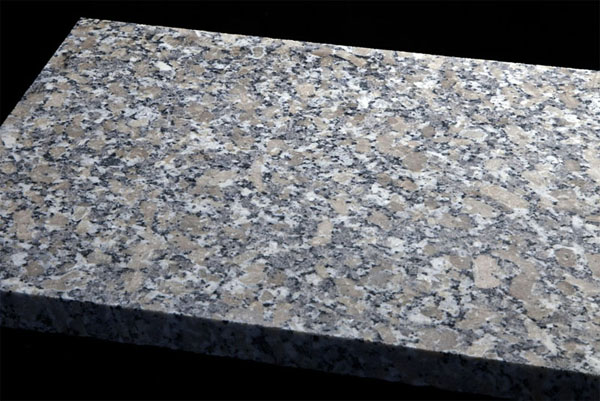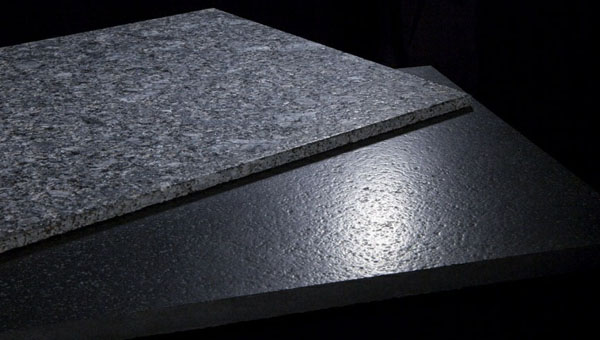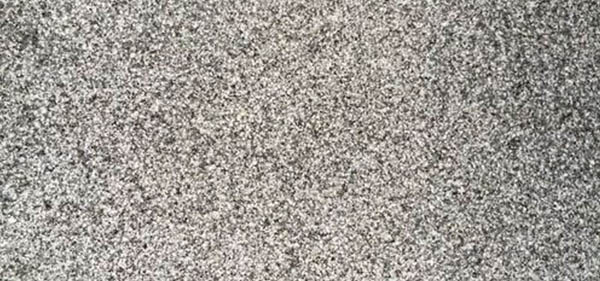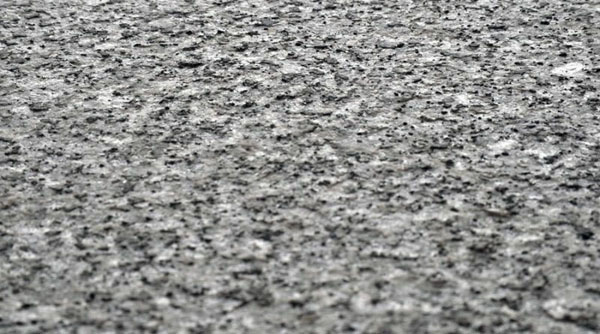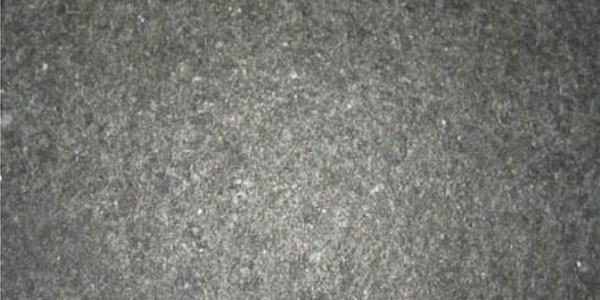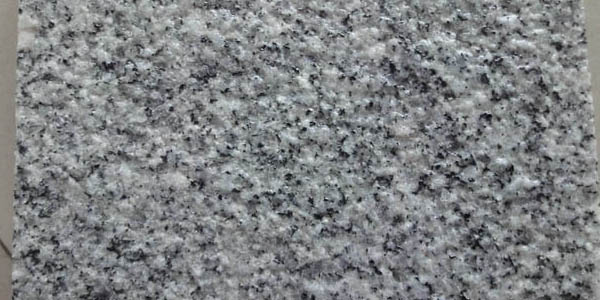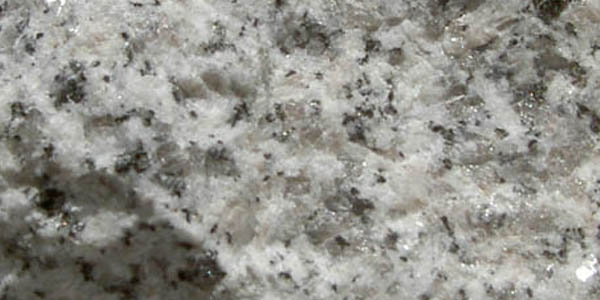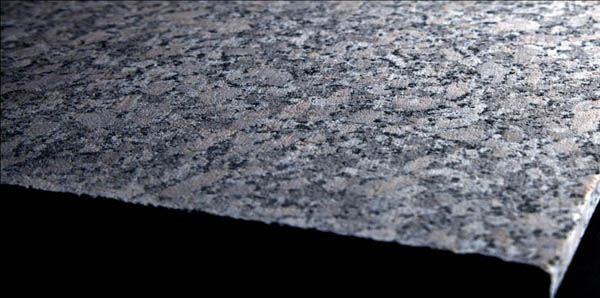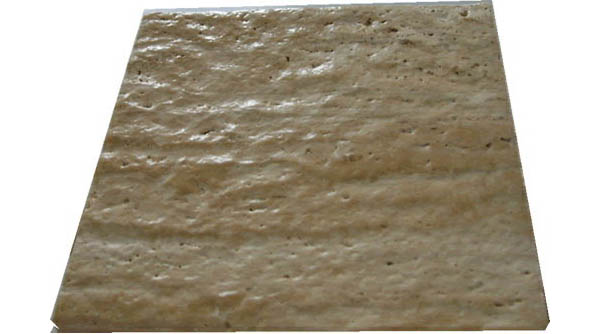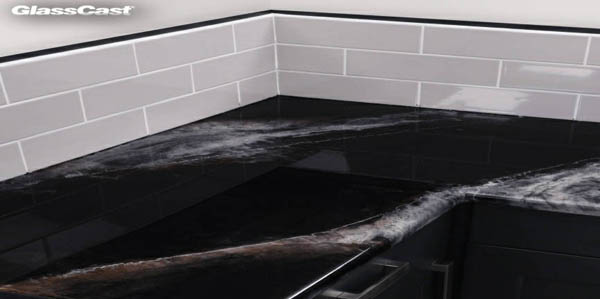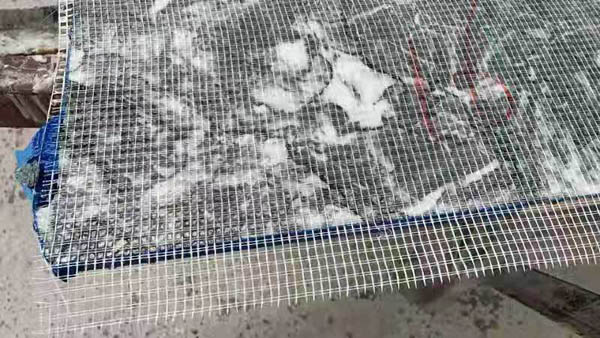Stone Surface Finishes
1- Polished
The surface is brilliant and shiny with a mirror effect. It cause the most refined edge for tiles. The process of polishing is by repeated application of abrasive treatments. This type of finishing is suitable for almost all kinds of stones. Polished tiles are used for interiors as well as bench top and counter top, but it is not suggested for outdoor since it reduces slip resistance.

2- Honed
Honed finishing is the most common process for Limestone. (Many of which will not take a polish) A honed finish refers to any level that is less than polished and therefore the surface is smooth but dull or slightly reflective. In areas with a lot of foot traffic, floor tiles are often honed and not polished.
3- Leathered
"Leathering" is the process of texturing granite or marble to appear less glossy. A leather finish is obtained by a process of brushing the slab with a range of brushes. The result is a slightly undulating surface, very soft, warm and smooth to the touch. Leathering starts with a honed surface and adds texture. Additionally, it closes the pores of the stone (compared to honing) and retains the color better than honing.
4- Sandblasted Countertop & Vanity Top Description
This treatment removes saw marks and achieves a smooth surface with fine, sometimes almost invisible circular marks. The tile looks slightly scratched but feels nice when touched. The colors are a bit dull. This type of finish is usually applied to sandstone and is one of the finishes you can choose for exterior. This finish can also be found under the name grit blasted finish.
5- Tumbled
Using sand, pebbles and water to tumble the surface of the stone in order to create an aged appearance. A finish can be applied to variety of stones to give them the impression that they have been walked on for centuries. This is an aging process similar to the one applied to achieve an antique finish. In this case, natural stone is introduced in a vibrating drum-like machine with smaller, more resistant stones that wear the tile completely.
6- Flamed
This finish is achieved by exposing the surface of the stone directly to a high temperature flame. he heat acts by blowing the crystals out as they suffer thermal shock, with an effect that is particularly evident in materials composed of minerals with various degrees of expansion, (such as the vast majority of granites). The resulting surface is rough, non-slip and generally faded in color, thereby hiding defects and tone variations. Because of oxidation, yellow materials become orange or red.
7- Brushed
By brushing, the original surface (honed, sandblasted, flamed or sanded) is made smoother by using abrasive brushes under high pressure. After this treatment, the colours of the natural stone become more vivid once again. The surface looks slightly rough, depending on the original finish.
8- Bush-Hammered
A highly textured finish best used for external applications such as paving or walkways. A mechanical hammer hits the stone and leaves small indentations on the surface. The result depends on the size of the hammer and the number of points on the hammer. The result leaves the surface of the stone smooth with small indentations.
9- Split Face
The split face finish is a result of the stone being cut by a guillotine that fractures the face and turns it to a rocky finish.
10- Antiqued
This surface can be achieved by machines that resemble commercial washing machines for smaller items or by first flaming and then using abrasives to brush the surface of larger items. It gives a worn look to the stone and also stimulates its further aging over time.
11- Sawn
This finish is created by “sawing” the stone with diamond disc teeth. It produces a somewhat rough and irregular surface with small furrows and undulations. Sawn finish makes the stone lighter and gives it a matte tone. Sawn finish is available for external paving, steps, pathways, driveways and patios. This surface is a result of sawing, when the granite, marble, sandstone & Travertine block is sawn into slabs by diamond gang saw or by diamond wire saw or by block cutter. The sawn surface is generally smooth but probably some “blade / saw markings” can be seen on the surface of the material.
12- Chiseled
A diamond teeth mill grinder is applied perpendicularly to the surface, to achieve the typical flat profile. The grooves always run parallel, the distance between them remains constant. A chiseled finish is created, as the name implies, by breaking a stone with a hammer and chisel. Depending on the type of chisel used and skill level of the person using it, this can provide a very rough surface or a slightly irregular finish. A chiseled finish can be applied to any stone.
13- Acid-Washed
acids can be used to simply clean the surface of natural stone or to change its appearance, depending on the type of acid and the length of its application. Acid wash is an alternative way to achieve antiqued look and it also can have similar results as the water finishing.
14- Natural
The natural finish is basically the absence of treatment. The stone is sold as extracted from the quarry, once cut into the desired format. The final look depends entirely on the characteristics of the stone and its exploitation. This finish is appropriated for cladding and cobblestones
The good news is it can be applied retrospectively, meaning that you can change the look of an already installed countertop, for example.
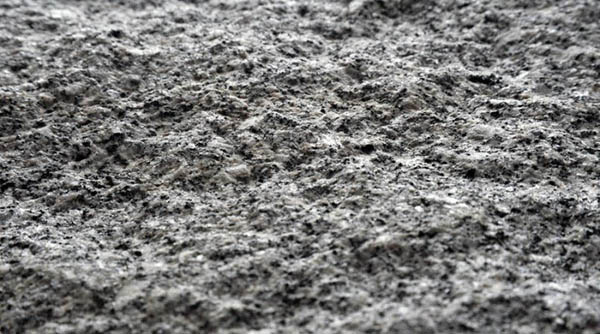
15-Epoxy treated
It is a multi-step method that combines several techniques. First the stone is honed so that it has a smooth surface to which the resin can be applied. Then it is dried in a special oven and the process of applying resin and drying is done one more time. At the end, the stone is polished. The process improves the visual characteristics and the resistance of the stone tiles or slabs.
16-Meshed
This is mainly an additional step to make the stone stronger, used mostly for defective marble or stone slabs. During the epoxy treatment of the stone a thin net of fiberglass or plastic is applied to the back side of the tile. It has no decorative functions.
17-Protective treatment
This is not an actual surface finishing, but rather the final step to protect the stone tiles by applying oil-repellents or anti-graffiti treating substances. In a nutshell, this is the process of protecting slabs or tiles by treating them with the respective substance.
